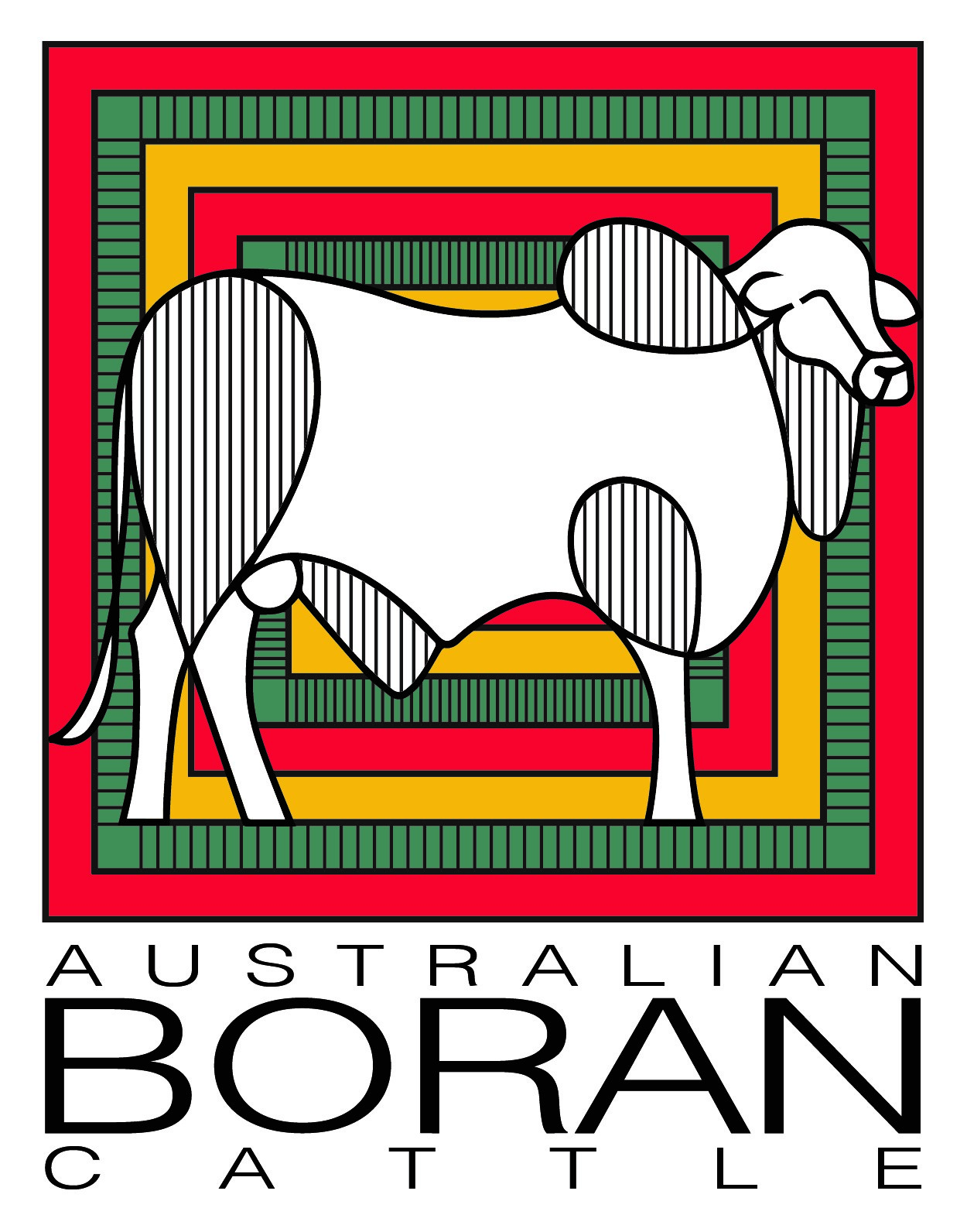The Boran
The Boran
The Boran was originally developed by the Borana people of Southern Ethiopia and Northern Kenya. They selected their cattle for the ability to produce enough milk to allow a man, cow, and calf to survive despite regular feed and water shortages.
There are two types of Boran cattle – the Orma and the Kenyan Boran. The latter is found in Australia.
The Boran is a Bos indicus breed that is very distinct from the Indian and South American Zebu breeds.
Recognising their hardiness and adaptability, Borans became the breed of choice for Kenyan cattle producers in the 1920s. Through careful selection and breeding they developed the Kenyan Boran. This improved Boran continues to prosper and is now the dominant breed in eastern Africa. It has also in recent times proved popular in other African and overseas nations – Australia being one of these.
The Boran offers the advantages of outstanding adaptability, high fertility, ease of calving and adequate milk production, outstanding mothering ability, and longevity.
The breeds long history of selection in environments where feed is limiting and heat, ticks and disease are constraints. The genetic isolation of the Boran from existing world populations will enhance the hybrid vigour achieved through cross breeding.
It is zebu or humped and is typically small to medium in frame. It is hardy and versatile, and used predominantly for beef production. Boran are also used in milk and beef crossbreeding programs, and as grass-eating pets for those living on small acreage.

The genetic composition of the Boran is unique:
- European Bos taurus 24%
- Bos indicus 64%
- African Bos taurus 12%
Physical Appearence
The Boran is a hardy breed adapted to harsh conditions with a high resistance to pests and diseases. It is a free moving breed which covers large amounts of territory and utilises low quality feed. The Boran is of medium frame size with sound muscling and demonstrates good growth for age and high relative weaning weights. Body parts are in perfect symmetry. The breed reflects considerable sexual differences, with bulls much larger than cows that are smaller and of a more feminine appearance. Both sexes display typical Boran characteristics (hump, capacity, skin, muscling, head, muzzle, condition, tail, dewlap, etc..).
The Boran are a striking breed with their short, shiny coat, long eye-lashes and loose, dark pigmented skin. They come in a variety of colours – white and red the most common (sometimes with dark points). Other colours include grey, fawn and red brindle. Some have spotting or patches of white. The bulls often have dark grey or black on the neck, shoulders and down the thighs.

Boran cattle have small, slightly convex ears. They are not long and pendulous like those of other Bos indicus. They have a hump above the shoulders and a loose dewlap and umbilical fold. They can be horned, polled or have scurs.
Boran cows have a soft, feminine appearance. They tend to be smaller than the bulls. Bulls weight 500kg – 850kg, whilst cows weigh about 380kg – 450kg. Bulls have a strong, masculine appearance.
